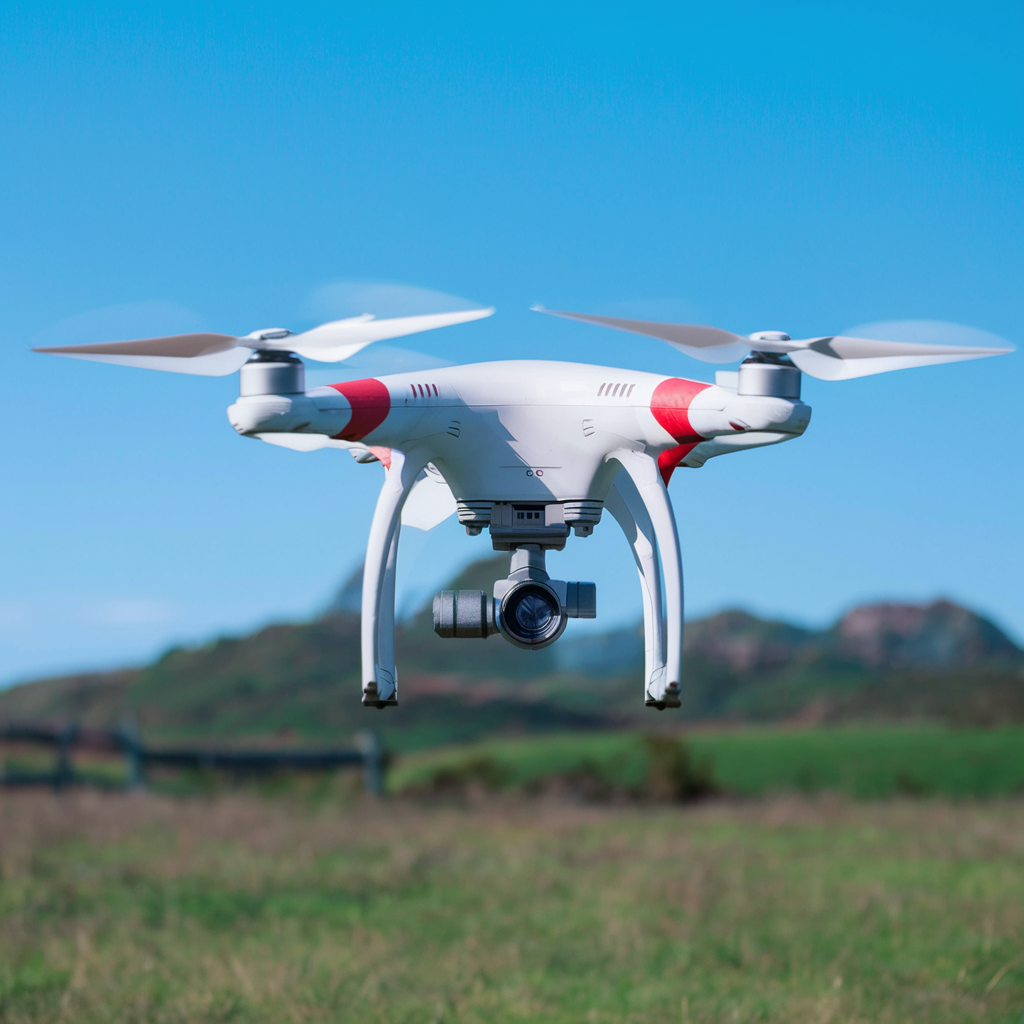Filmmaking, real estate, and other businesses have all been transformed by drone photography and videography, which has made it possible to capture amazing aerial vistas that were previously unthinkable. However, with so many alternatives on the market, selecting the best drone camera can be difficult. We’ll go through the key characteristics you should look for in a drone camera that will work for you in this tutorial.
Importance of Features in Drone Cameras
Features have a major impact on a drone camera’s efficacy and adaptability. Every component, from camera quality to flying performance, is essential to figuring out the device’s overall potential.
1. Image and Video Quality
High-Resolution Imaging:
Look for drone cameras with high-resolution sensors capable of capturing sharp and detailed images. Higher megapixel count ensures clearer pictures, especially when zooming in or printing.
4K Video Recording:
Opt for drones that support 4K video recording, offering superior clarity and resolution for cinematic footage.
2. Stability and Control
Gimbal Stabilization:
Even under windy circumstances or during rapid motions, a stabilized gimbal is necessary for steady and smooth filming.
GPS Navigation:
Accurate flight control and automated functions like return-to-home are made possible by built-in GPS, which provides exact location and navigation.
3. Flight Time and Battery Life
Long Flight Duration:
Extended aerial sessions without frequent recharge stops are ensured by longer flight durations.
Swappable Batteries:
Consider drones with swappable batteries for quick battery changes and extended shooting sessions.
4. Portability and Size
Compact Design:
Portable drones are easy to carry and transport, ideal for travellers and outdoor adventurers.
Foldable Arms:
Drones with foldable arms offer enhanced portability and convenience without compromising on stability or performance.
5. Advanced Features
Obstacle Avoidance:
Advanced obstacle avoidance systems use sensors to detect and avoid obstacles in real time, reducing the risk of collisions.
Follow Me Mode:
This feature enables the drone to autonomously follow and capture footage of a moving subject, perfect for dynamic action shots.
6. Remote Control and Connectivity
Remote Range:
Consider the range and reliability of the remote control, ensuring stable communication with the drone over long distances.
Smartphone Integration:
Look for drones that support smartphone integration, allowing for live streaming, camera control, and flight telemetry on your mobile device.
7. Pricing Considerations
Although cost is a significant consideration, features and performance should always come first. Evaluate your needs and budget before making an investment in a drone camera that best suits your needs.
8. Brand Reputation and Support
Select trustworthy brands known for their quality, dependability, and customer service. Reputable producers frequently offer their goods’ warranty coverage, technical support, and firmware upgrades on a regular basis.
9. Customer Reviews and Ratings
Before making a purchase, check customer reviews and testimonies to determine the drone camera’s functionality and reliability. Pay close attention to customer comments on image quality, flight stability, durability, and after-sales support.
10. Future-Proofing and Upgradability
Consider the drone camera’s future compatibility and upgrades. Look for models with a modular design, which allows for hardware updates and interoperability with peripherals and add-ons.
11. Warranty and After-Sales Service
Check that the drone camera comes with a warranty against manufacturing flaws and malfunctions. Additionally, check the availability of after-sales service and support channels in your area.
12. Comparison with Competitors
Compare the features, specifications, and prices of several drone cameras made by different manufacturers. Make an informed decision by assessing each model’s merits and weaknesses.
Conclusion
To summarize, choosing the correct drone camera requires careful analysis of its features, performance, and overall value proposition. Prioritizing crucial qualities such as image quality, stability, flight time, and advanced functionality can help you discover a drone camera that meets your needs and improves your aerial photography and videography experience.
FAQs:
What is the significance of 4K video recording in drone cameras? 4K resolution offers superior clarity and detail, allowing for high-quality footage suitable for professional productions and cinematic projects.
How does GPS navigation enhance the capabilities of a drone camera? GPS enables precise positioning, navigation, and automated flight modes, ensuring stable and accurate control over the drone’s movements.
Why is obstacle avoidance important in drone cameras? Obstacle avoidance systems help prevent collisions and accidents by detecting and avoiding obstacles in the drone’s flight path, enhancing safety and reliability.
What factors should I consider when evaluating the portability of a drone camera? Look for compact designs and foldable arms that enhance portability without compromising on stability or performance.
How can I ensure long-term reliability and support for my drone camera? Choose reputable brands known for their quality, reliability, and customer support, and consider factors like warranty coverage and after-sales service.
